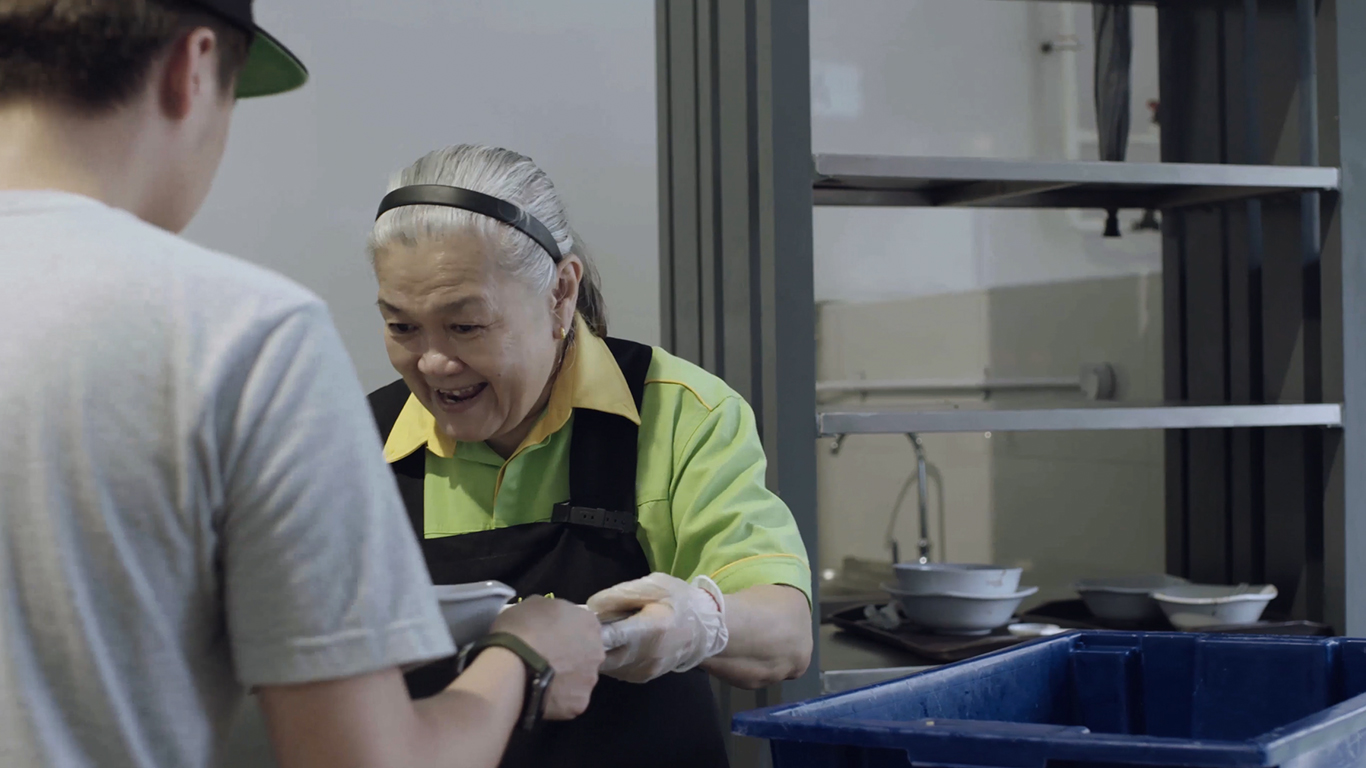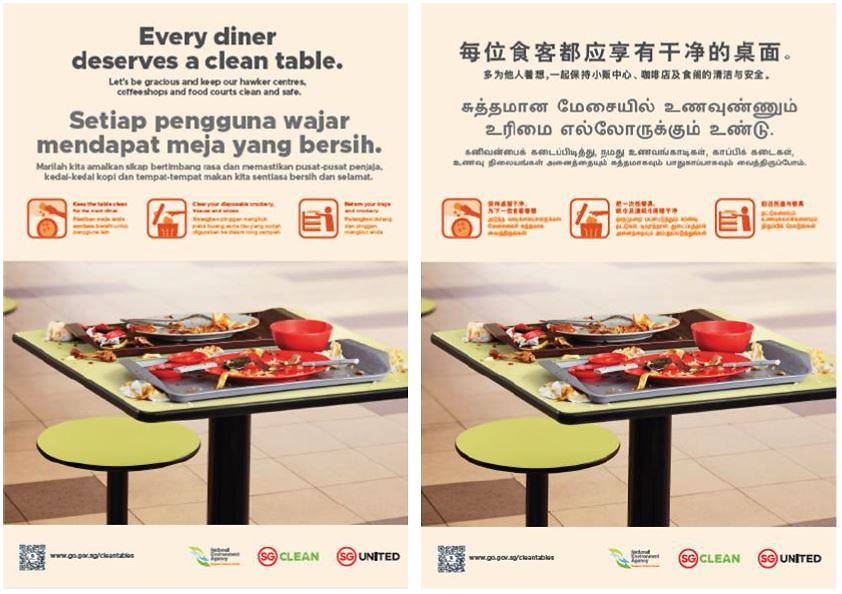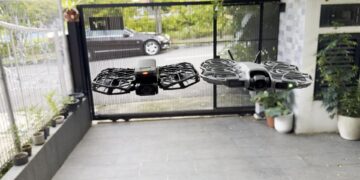Are you leaving behind a biohazardous mess?
Leaving your dirty plates and litter on tables in public dining places can breed germs and expose you and other patrons to potentially fatal diseases, public health experts warned.

That’s right. The act doesn’t just inconvenience others, it also puts everyone at risk.
Common table litter such as used tissue and wet wipes is a serious cause for concern. They can become biohazards as they collect respiratory discharges and sputum that may contain viruses or bacteria. When left lying around, or worse – scattered about when the wind blows – these litter can pose a health risk.
“When diners leave their trays, used utensils and tissues behind on the table, it exposes saliva droplets and germs to the next user and our cleaners. Bacteria from unfinished food by the previous diner have the potential to spread freely,” said Public Hygiene Council chairman Edward D’Silva.
It is also disconcerting how easily diseases could spread to cleaners. Most of Singapore’s 59,000 cleaners are elderly folks who have a higher risk factor, making them especially vulnerable.
“Leaving trays and used utensils out and allowing the next person – whether a cleaner or another diner – to touch them could cause the transmission of diseases including salmonella, animal-borne viruses and even COVID-19,” said public health researcher Matthew Chua.
READ: COVID-19 Reinfection: Is It Worse?
It’s all talk and little action.
In this pandemic climate, it should occur to all that good public and personal hygiene is both a priority and the first line of defence against diseases. But despite strong public support for diners to keep tables clean, there is however, weak action and practice on the ground at public dining places.
Late last year, NEA conducted a survey to collect public opinion regarding public hygiene at our communal dining places such as hawker centres. A good 90 per cent of respondents indicated that diners should be required to clear their tables after meals at public dining places, and 76 percent of respondents indicated that they return their trays and dirty plates most of the time at public dining places.
However the average tray return rate at most hawker centres is currently only at around 30 per cent. Clearly, the results indicate a disparity between public support for the cause and actual practice when it comes down to it.
READ: Why Can’t the Covid-19 Vaccine Provide 100% Protection?
In fact, one could liken the situation to the “Shopping Cart Theory”, which can supposedly determine who the good and bad people are.
Here’s the Shopping Cart Theory, which first broke on Twitter. It seeks to determine a person’s moral alignment depending on one simple act: whether they’ll return their shopping carts, or leave it where it suits them best?

In the case of dining trays, it’s a little more direct. While we’ve got no official duty to return our trays, leaving our trays there means we’re putting many others at potential risk. Now, which of the two responsibilities is easier to accept? Definitely the responsibility of just returning your tray, no?
A Call-to-Action: Clean up after yourself!
The Clean Tables Campaign was launched in an effort to bridge this disparity.

The campaign seeks to remind all stakeholders, including stallholders, diners and cleaners at public dining places on the importance of good hygiene practices. In-situ reminders, such as posters, banners, visual cues and audio announcements, will be rolled out progressively to all 111 hawker centres, coffee shops and food courts, from February, NEA said
“There is a chasm between what diners think they should do and what diners are actually (not) doing, when it comes to clearing the table of litter and used crockery after their meals. The Clean Tables Campaign aims to bridge this gap. Daunting as it may seem, clean tables at our public dining places can be attained.” said Mr Tan Meng Dui, Chief Executive Officer of NEA
READ: Babi Pongteh Over FaceTime: How COVID-19 Taught Me How to Cook My Favourite Dish
Do Clean Campaigns even work?
This is far from the first attempt at galvanising the public into practicing better public hygiene. A year ago, SG Clean campaign was launched to rally both public and businesses to adhere to high standards of cleanliness as part of a bid to curb COVID-19 spread.
With the survey’s results showing the lack of action on the public’s part when it comes to clearing their tables, it begs the question whether the Clean Tables Campaign will see an improvement.
Thankfully, there is hope for a change as some hawker centres have already indicated a higher tray return rate of greater than 60 per cent, compared to the national average of less than 30 per cent.
These findings suggest that not only is it possible to achieve a higher tray return rate, but that more obvious and conveniently located tray return infrastructure is a key factor. Zion Riverside Centre and Adam Food Centre were both part of a pilot programme to test the effectiveness of direct messaging to return trays. Banners and decals were put up with reminders, and cleaners wore uniforms with tray return reminders on their t-shirts. Zion Riverside Centre saw an increase in tray return rates, from 54 percent to 73 percent. Adam Food Centre also had some sizeable results, with tray return rates rising from a measly nine per cent to a healthier 50 per cent.
READ: 7 Healthy Lunch Options for Those Sick of Salads
People might be more open to change now.
Perhaps, the best move is to start at the individual level, by urging diners to close the loop and adopt a full self-service concept, as NEA suggested.
After all, the pandemic has spurred everyone into becoming more aware of public and personal hygiene, begrudgingly or not. Leveraging on such risk-conscious mindsets with reminders that caution diners of related health hazards and risks to others might just do the trick.
But whether or not the campaign will lead to an improvement at the national level remains to be seen.
Join the conversations on THG’s Facebook and Instagram, and get the latest updates via Telegram.














